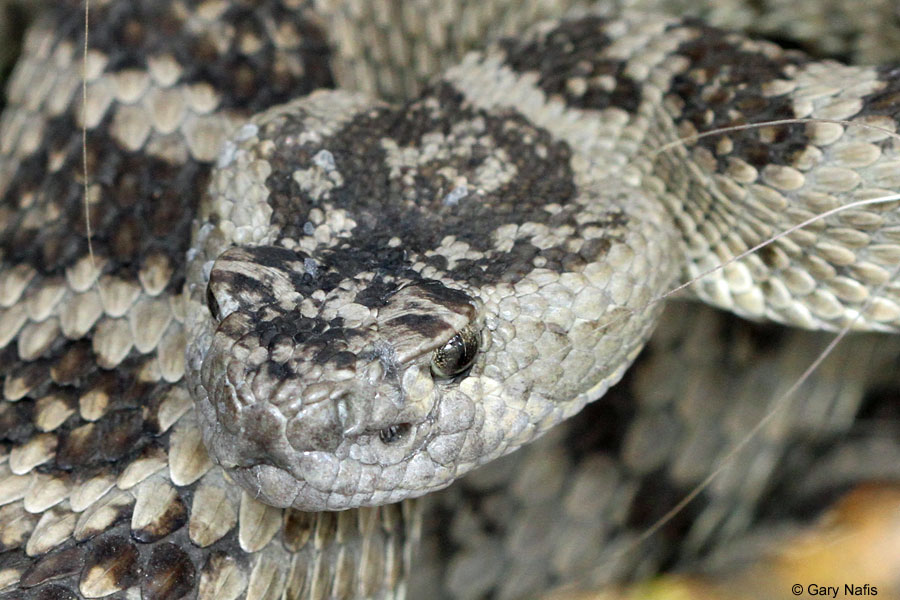
Great Basin Rattlesnake Crotalus oreganus lutosus
A variety of snake species employ head hiding as defensive behavior (Greene 1973. J. Herpetol. 7:143-161), but such behavior seems to be rarely observed in rattlesnakes. A recent report (Medica 2009. Herpetol. Rev. 40:95-97) presented observations on Crotalus scutulatus scutulatus and cited cases of similar behavior involving C. atrox, C. ruber, and C. viridis viridis.

Variability of the Great Basin Rattlesnake (Crotalus oreganus lutosus) Snake Buddies
It is commonly considered a subspecies of Crotalus oreganus. [6] [4] The type locality is "10 miles northwest of Abraham on the Road to Joy, Millard County, Utah ." [1] The Grand Canyon rattlesnake ( C. abyssus or C. oreganus abyssus) was subsumed within C. lutosus in 2016. [7] Description

Great Basin Rattlesnake Crotalus oreganus lutosus
Crotalus oreganus lutosus - Great Basin Rattlesnake Range of other subspecies in California: Dark Blue: Crotalus oreganus helleri - Southern Pacific Rattlesnake Red : Crotalus oreganus oreganus - Northern Pacific Rattlesnake Gray: Intergrade Range Click on the map for a topographical view Map with California County Names California Rattlesnakes

Great Basin Rattlesnake (Crotalus oreganus lutosus) Flickr
Crotalus oreganus lutosus While Zion is home to many different kinds of snakes, the Great Basin rattlesnake is the only venomous snake in the park. Like other rattlesnakes, you can usually identify them by the triangular head and the rattle at the end of their tail.

Great Basin Rattlesnake (Crotalus oreganus lutosus) Flickr
The Grand Canyon rattlesnake (C. oreganus abyssus) is a subspecies of the more broadly spread Western rattlesnake (Crotalus oreganus). Blending into Grand Canyon's varied rock layers, this venomous pit viper uses its rattle to warn predators off, the tiny muscles firing up to fifty times per second--some of the fastest known to science.

Great Basin Rattlesnake Crotalus oreganus lutosus
Crotalus oreganus, commonly known as the Western rattlesnake or northern Pacific rattlesnake, [4] [5] is a venomous pit viper found in western North America from the Baja California Peninsula to the southern interior of British Columbia . Description The size of this varies greatly, with some populations being stunted and others growing very large.

Great Basin Rattlesnake (Crotalus oreganus lutosus) Rattlesnake, Snake venom, Pit viper
Great Basin Rattlesnake - Crotalus oreganus lutosus California Page with More Pictures and Species Description Many of the Great Basin Rattlesnakes shown on this page were found in Nevada because I don't yet have pictures of the "pure" subspecies from Oregon, Washington, or Idaho.
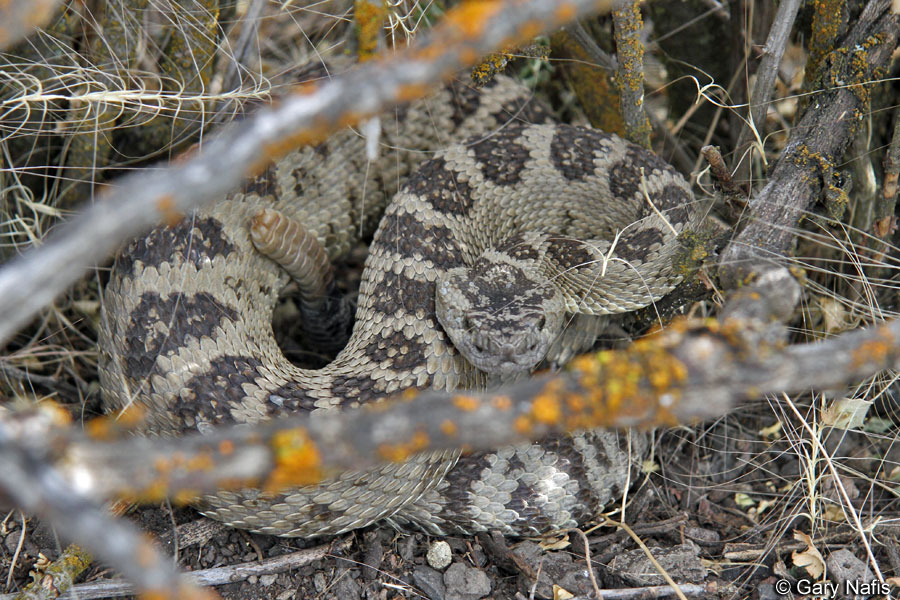
Great Basin Rattlesnake Crotalus oreganus lutosus
Crotalus oreganus lutosus. Identification Numbers. TSN: 683066. Geography. Launch Interactive Map. Working with others to conserve, protect and enhance fish, wildlife, plants and their habitats for the continuing benefit of the American people. Footer Menu - Employment. Careers & Internships;
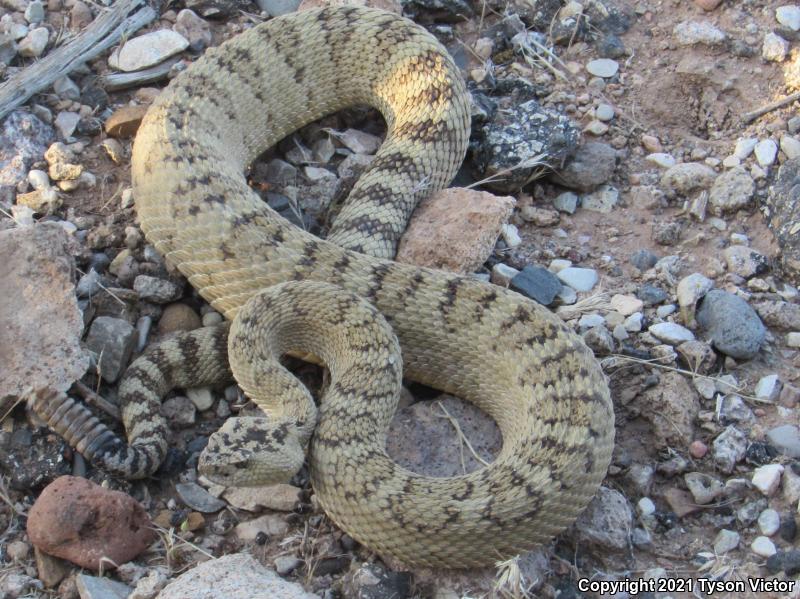
Great Basin Rattlesnake (Crotalus oreganus lutosus)
Taxonomic database that provides basic information about all living reptile species, such as turtles, snakes, lizards, and crocodiles, as well as tuataras and amphisbaenians, but does not include dinosaurs.
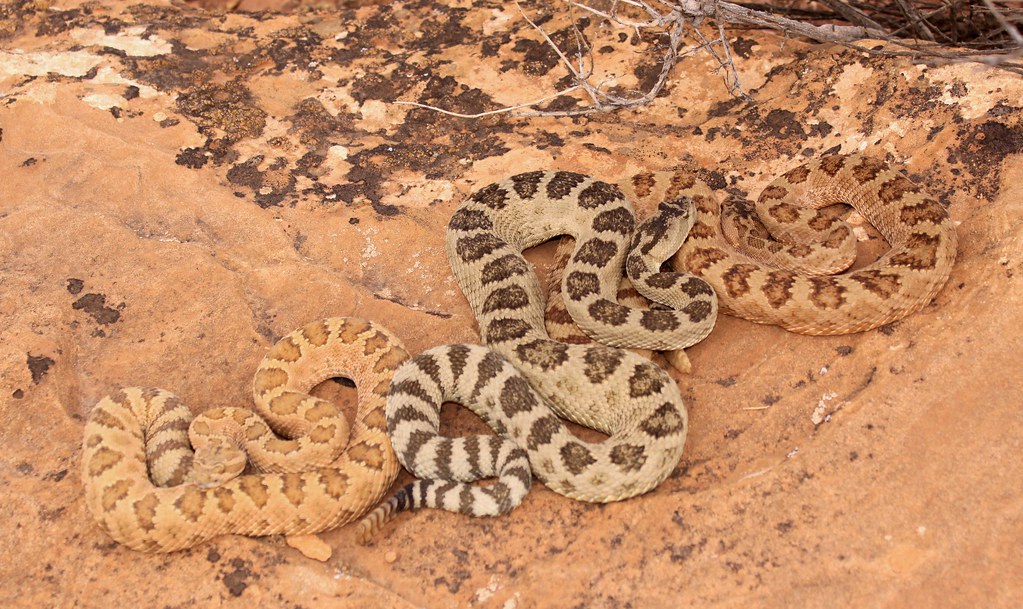
Great Basin Rattlesnakes (Crotalus oreganus lutosus) Flickr
In California, the species includes three subspecies that constitute an ecological and geographical replacement series: Crotalus oreganus helleri. Crotalus oreganus lutosus (great basin rattlesnake), and Crotalus oreganus oreganus (northern Pacific rattlesnake). Taken together, the three subspecies provide a nearly complete representation of.
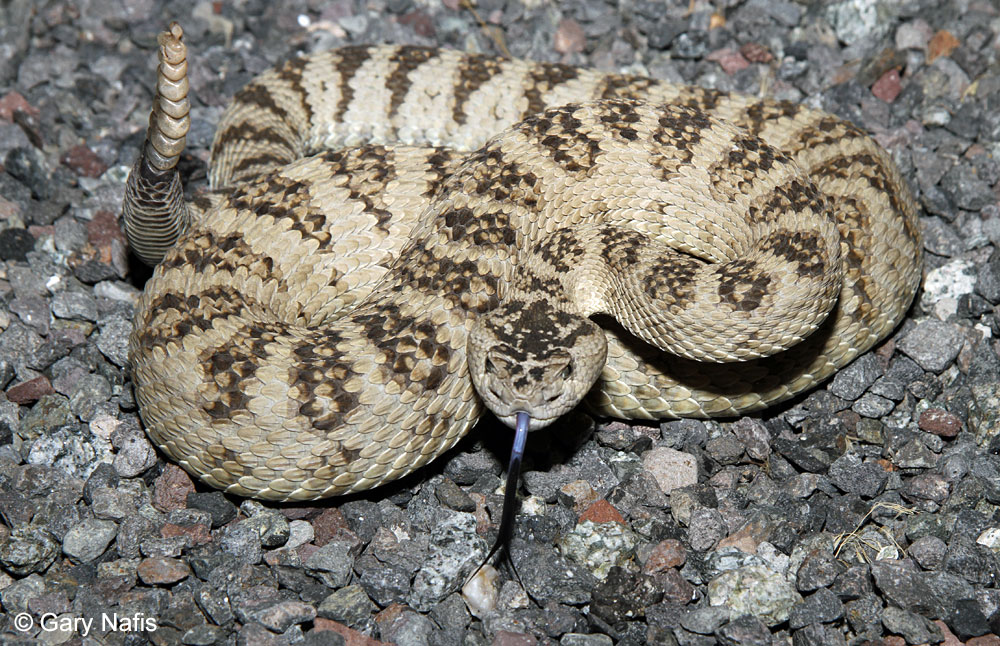
Great Basin Rattlesnake Crotalus oreganus lutosus
1 Great Basin Rattlesnake (Crotalus oreganus lutosus) 2 The Great Basin Rattlesnake is considered a medium-sized, heavy-bodied venomous snake with a maximum length of 65 in. They have triangular-shaped heads and white facial stripes that extend from behind the eyes to the corner of the mouth.
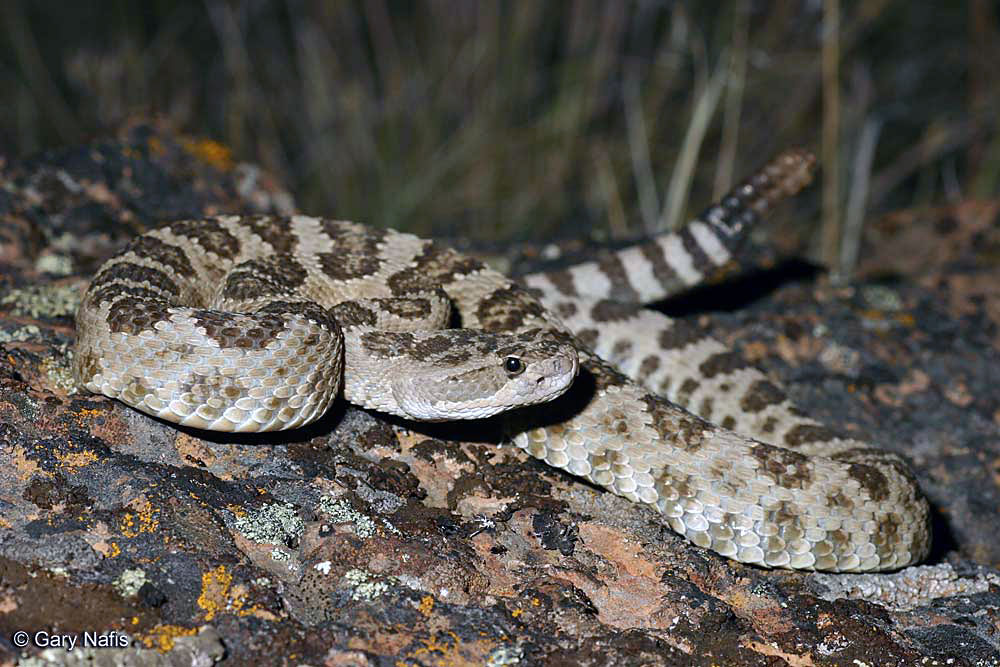
Great Basin Rattlesnake Crotalus oreganus lutosus
Common Name: Great Basin Rattlesnake Scientific Name: Crotalus viridis lutosus Size (length) English & Metric: 16-64" (40.6-162.6cm) Habitat: Rocky outcrops, talus slopes, stony canyons, prairie dog towns; below 11,000' Diet: Small mammals, birds, lizards, snakes, and amphibians Predators: Hawks and raptors

Great Basin Rattlesnake Crotalus oreganus lutosus
Although it is commonly believed that diamondbacks and timber rattlesnakes live in the Pacific Northwest, the only indigenous species in the region is the western rattlesnake ( Crotalus oreganus ). These wide-ranging reptiles are found in dry, rocky regions west of the Continental Divide, from Mexico to Canada.

Great Basin Rattlesnake (Crotalus oreganus lutosus) Flickr
Southern Pacific rattlesnakes (Crotalus oreganus helleri) remain lighter in shades of colors such as tan and yellow as well as having dark brown patches on the body and a wide tail. Great Basin rattlesnakes ( Crotalus oreganus lutosus ) are thick-bodied and have tan coloring along with black patches on the dorsum.

Great basin rattlesnake (Crotalus oreganus lutosus) Flickr
Crotalus: Species: oreganus lutosus: Common Name: Great Basin Rattlesnake: Relatives in same Genus Eastern Diamondback Rattlesnake (C. adamanteus) Western Diamondback Rattlesnake (C. atrox) Sidewinder (C. cerastes) Baja California Rattlesnake (C. enyo) Timber Rattlesnake (C. horridus)

Great Basin Rattlesnake (Crotalus oreganus lutosus)
Crotalus oreganus lutosus — Great Basin Rattlesnake near Benton, Mono County, California — July 4, 2014 This rattlesnake was the only herp I saw in a few hours of nighttime road cruising across the desert expanses of Mono County.